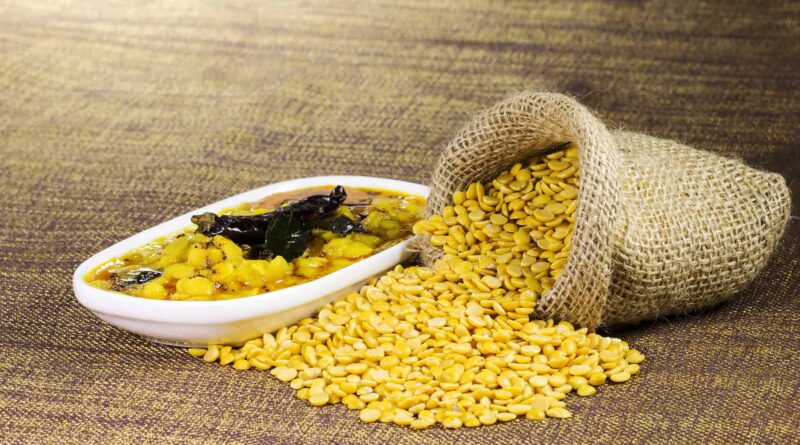Government hopes to reduce tur prices to Rs 130/kg by February
By Pallavi Singhal
The government expects prices of tur, the country’s favourite pulse, to decline by over 18 percent by February from Rs 160 per kg in November as availability improves and demand declines, a top official said.
“We are confident of bringing the prices under Rs 130 per kg by the first week of February,” consumer affairs secretary Rohit Kumar Singh.
Tur prices have remained high the past year due to a shortfall in domestic production. However, the government’s measures have started taking effect and prices of tur fell to Rs 154 per kg on December 18 from Rs 156.5 a month ago.
“It has been about two weeks since we have started seeing green shoots in tur as prices of this commodity have come down for the first time in the past few months,” Singh told Moneycontrol.
Prices have declined on the back of kharif supplies arriving in the market, increased imports, a seasonal fall in demand and easier import norms.
“Pulse stocks have started arriving in the markets and are bringing down prices of all pulses, which is having a cumulative effect on tur as well,” Singh said.
Pulse imports from Mozambique, Canada, Russia and Australia are about to come in, signalling increased availability. The government on December 8 exempted yellow peas (tur) from import duties until the end of this financial year, removing minimum import prices and port restrictions to facilitate trade.
The centre has started procuring tur dal directly from farmers at market prices to build a buffer stock that will be offloaded in the market when prices rise. Funds for the procurement are being taken from the Price Stabilisation Fund.
“Additionally, there is always a 15-20 percent fall in demand for pulses in winters when the price-sensitive section of society opts for cheaper vegetables such as palak and methi instead of dal,” the secretary added.
High consumption
Tur consumption has been higher than domestic production. The country’s tur output fell 20 percent to 3.43 million tonnes in the 2022-23 crop year (July–June) from 4.29 million tonnes a year earlier. The country consumes about 4.5 million tonnes of tur every year.
The agriculture ministry’s first advance estimates for the crop season 2023-24 put tur production slightly lower at 3.42 million tonnes.
As per government data, India imported about 778,000 tonnes of tur in calendar year 2023 from Mozambique, Myanmar and Tanzania.
Anticipating a shortfall in tur and urad output due to erratic weather, the Centre in January extended the duty-free import policy for the two commodities until March 31, 2024. The Department of Consumer Affairs has since monitored stock levels of pulses, including tur and urad.
Additionally, the government on June 2 allowed traders to keep only limited stocks of tur and urad. Following this step, the government released tur from the national buffer stocks to arrest the price rise.
The government launched chana dal under the packaging of ‘Bharat Dal’ at subsidised prices of Rs 60 per kg throughout the country, intending to shift consumption for those who cannot afford expensive arhar or tur dal.
Food prices rose sharply in November, taking inflation as measured by the Consumer Price Index to 5.55 percent, a three-month high. Prices of pulses climbed 20.23 percent.
This article has been republished from Moneycontrol.

